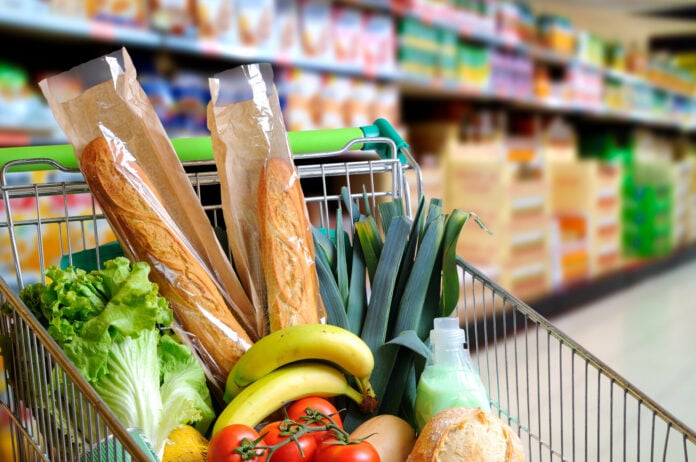Cost continues to be the main criterion for food selection, but with a tendency to bridging the gap from the second criterion, which is quality, according to the annual consumer survey of the Research Institute of Retail Consumer Goods (IELKA). The survey, which was carried out in February 2025, covered a number of issues related to consumer and purchasing behavior.
In general, there is stability in relation to the main factors of purchasing behavior. Specifically, an average of 3.2 visits to supermarkets per week are recorded, slightly increased compared to the previous year, but generally stable compared to previous measurements. This is 13 visits per month. Accordingly, these visits are made to approximately 2.2 different supermarket chains on average, also showing the multi-channel trends that are recorded.
Estimated weekly spending reduce
Despite price increases, consumers mentioned a smaller amount of weekly purchases, which – according to IELKA – may have to do either with making smaller “baskets” of purchases, or with allocating money to other goods or services.
The survey reflects a differentiation in the public’s preferences compared to the previous year. The above figure records over time the factors that influence consumers in recent years in relation to food choice. The cost remains the main criterion with 47%, but with a significant decrease compared to 2024. At the same time, quality is the main criterion for 30% of consumers, but it increases compared to the previous year. Therefore, in the last year, a gradual de-escalation has been recorded in the importance that consumers give to the price of products compared to 2024, with the “gap” between the quality criteria closing significantly.
Preference for lower prices over offers and discounts
Based on the survey, it appears that consumers have consistently stated over the last two years that they prefer low prices over offers. While from 2017 to 2022, practically the majority of consumers stated that they prefer offers to low prices, from 2023 onwards this has changed, with the majority of consumers now not preferring offers, and only 19% answering positively.
However, consumers take advantage of promotional actions in their purchases in the supermarket, but would prefer lower prices instead of these discounts.
In conclusion, according to IELKA, “it is evident that trends in consumer purchasing behavior in supermarkets have changed slightly in 2025 with a trend of gradual return to normality.”














